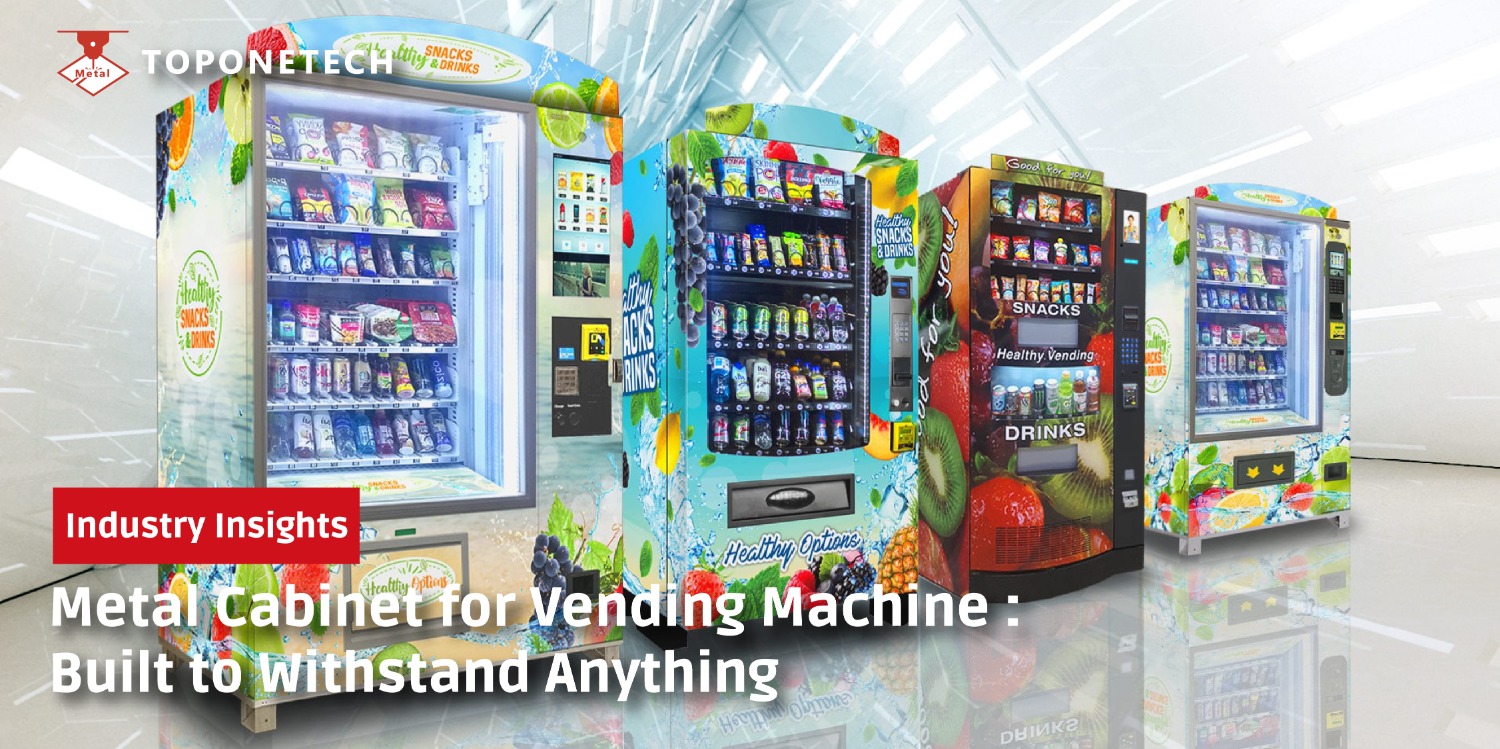
Self-service kiosks have become an integral part of various industries over the past decade. From retail to hospitality and transportation, these innovative touchpoints have revolutionized the customer experience. As we step into 2024, the self-service kiosk market is witnessing unprecedented growth, driven by increasing demand for automation, cost-efficiency, and seamless user experiences. This article delves into the current state of the self-service kiosk industry, its market share, key growth drivers, and future trends.
The Rise of Self-Service Kiosk in 2024
Self-service kiosks first gained prominence in the early 2000s, primarily in the retail and fast-food sectors. Customers quickly embraced the convenience and speed offered by these machines, which allowed them to place orders, make payments, and access information without human assistance. Fast forward to 2024, and the adoption of self-service kiosks has expanded across various industries.
Self-Service Kiosk in 2024 – Key Growth Drivers
Several factors are contributing to the growth of the self-service kiosk market:
- Cost Efficiency: Businesses are increasingly turning to kiosks as a way to reduce labor costs while maintaining or improving customer service quality. Automated kiosks reduce the need for human staff, especially in high-traffic environments like airports, shopping malls, and fast-food restaurants.
- Improved Customer Experience: Today’s consumers value speed and convenience. Self-service kiosks allow users to complete tasks quickly, without the need to wait in long lines. For businesses, this translates into higher customer satisfaction and increased throughput.
- Technological Advancements: The integration of AI, machine learning, and advanced touchscreens into self-service kiosks has enhanced their functionality. Kiosks can now offer personalized experiences, suggest products, and provide real-time assistance, all while maintaining a user-friendly interface.
- Pandemic-Driven Demand: The COVID-19 pandemic accelerated the adoption of self-service kiosks. Businesses sought contactless solutions to minimize human interaction, and kiosks emerged as a key tool in promoting safety and hygiene.
Self-Service Kiosk in 2024 – Industries Embracing Self-Service Kiosk
- Retail: From grocery stores to clothing retailers, self-checkout kiosks are now a common sight. They streamline the checkout process and reduce the need for cashiers, which has proven beneficial for both businesses and customers.
- Fast Food: Leading brands like McDonald’s and KFC have fully integrated self-service kiosks into their ordering systems. Customers can place and customize their orders at these kiosks, making the process more efficient and reducing wait times.
- Healthcare: Hospitals and clinics are leveraging self-service kiosks for patient check-ins, appointment scheduling, and payment processing. This reduces administrative burdens and allows staff to focus on providing care.
- Transportation: Airports and train stations use kiosks for ticketing, check-ins, and baggage handling. These machines help manage high passenger volumes and ensure a smooth travel experience.
- Banking: Automated teller machines (ATMs) have long been a staple in banking, but modern self-service kiosks offer much more, including bill payments, account management, and loan applications.
Market Share of Self-Service Kiosk in 2024
Global Market Overview
The global self-service kiosk market is expected to reach new heights in 2024. According to recent reports, the market was valued at approximately $28.4 billion in 2023, and it is projected to grow at a compound annual growth rate (CAGR) of 10.5% from 2023 to 2028. This growth is attributed to the increasing adoption of kiosks across various sectors, particularly in emerging markets like Asia-Pacific and Latin America.
Regional Market Breakdown
- North America: North America remains the largest market for self-service kiosks, accounting for over 40% of the global market share. The U.S. leads this region, with widespread adoption in retail, fast food, and transportation industries.
- Europe: Europe is another key market, with countries like the UK, Germany, and France at the forefront of kiosk implementation. The region is seeing growth in healthcare and public service sectors.
- Asia-Pacific: This region is experiencing the fastest growth, driven by rising demand for automation in China, Japan, and India. The retail and banking sectors are particularly strong in this region.
- Latin America: Latin America is an emerging market for self-service kiosks, with increasing adoption in the hospitality and retail industries. Brazil and Mexico are leading this growth.
What’s Next for Self-Service Kiosk in 2024?
1. AI and Machine Learning Integration
One of the most significant trends in the self-service kiosk industry is the integration of AI and machine learning. These technologies enable kiosks to learn from user interactions and provide personalized recommendations, improving the customer experience. For instance, AI-driven kiosks in retail can suggest products based on previous purchases or browsing history.
2. Contactless Payment Solutions
As contactless payment methods gain popularity, self-service kiosks are integrating various payment options, including NFC (Near Field Communication), mobile wallets, and cryptocurrency. This trend is particularly strong in industries like retail and hospitality, where consumers prefer quick, hassle-free transactions.
3. Sustainability and Eco-Friendly Kiosks
Sustainability is becoming a priority for businesses, and the self-service kiosk industry is no exception. Furthermore, manufacturers are now developing eco-friendly kiosks made from recyclable materials, energy-efficient components, and low-power consumption displays. Additionally, this aligns with global efforts to reduce carbon footprints and promote green business practices.
4. Multilingual and Accessible Kiosks
As businesses aim to serve diverse populations, multilingual kiosks are gaining popularity. Moreover, these kiosks support multiple languages, making them more accessible to non-native speakers. Additionally, kiosks are being designed with ADA compliance in mind, ensuring they are accessible to individuals with disabilities, including those with mobility or visual impairments.
5. Facial Recognition and Biometrics
Facial recognition technology is already being used in some self-service kiosks, particularly in airports and security checkpoints. This technology enhances security and speeds up processes such as check-ins and payments. Moreover, as biometrics become more sophisticated, we can expect broader applications in industries like healthcare and banking.
6. Cloud-Based Management Systems
Cloud-based management systems allow businesses to monitor and manage their kiosks remotely. Moreover, these systems offer real-time data on kiosk performance, inventory levels, and customer usage patterns. Additionally, this information is invaluable for businesses looking to optimize their operations and reduce downtime.
Conclusion
In conclusion, as we move through 2024, the self-service kiosk market continues to evolve, driven by technological advancements, cost-efficiency, and changing consumer expectations. Moreover, from AI integration to eco-friendly designs, the future of kiosks looks promising. However, businesses must address challenges such as cybersecurity and customer resistance to ensure continued growth and adoption. Finally, with the global market set to expand at a rapid pace, now is the time for industries to invest in self-service kiosk technology and capitalize on its benefits.
Top One Tech can customize various types of Self-Service Kiosks specially designed for your application scenarios.
Contact us for further information :
Whatsapp/Call us at : +86 13631610695
Email : sales@toponetechmetal.com
See Also : Our Wide Range of Sheet Metal Products



